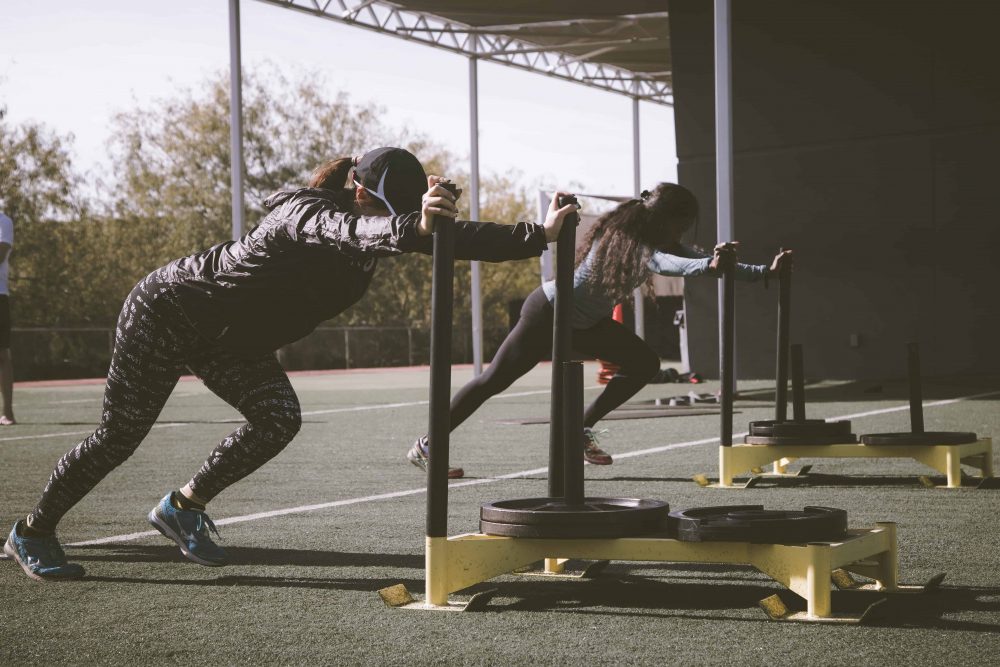Whether you are jumping branches during a muddy forest run or scrambling to get to a squash shot, the likelihood is your sport involves change of direction. Head down to any local sports club and you’ll see plenty of changes in direction. Some people may look like naturals, while others may have the turning circle of a Rolls Royce! Either way, they are changing direction! If you resemble a Rolls Royce, you may want to include plyometrics ion your future training sessions.
What Influences Change of Direction
Your ability to effectively dip, dodge, cut, and weave depend on a number of factors. Rate of force development and reactive strength are hugely important. Because of this, it is important to mention that prerequisite levels of lower body strength are required before completing plyometrics! A generally accepted standard is the ability to back squat 1.5 x your bodyweight before trying advanced plyometric movements.
Why Plyometrics
Lower limb plyometrics have similar ground reaction times, rate of force development and eccentric components as change of direction. As a result, you can use them to improve each factor bit by bit. High power and force outputs mean you can get the most out of each cut or side step. Appropriate jumping and landing can improve your limb control and coordination. Simply avoiding a knee valgus can greatly reduce your chances of injury
Exercises for Shallow Cutting
- Drop Jumps
- Bounding
- Pogo Hops
Exercises for Sharp Cutting
- Broad Jumps
- Counter Movement Jumps
- Squat Jumps
- Olympic lifting variants
Life Beyond Jumping
Developing a strong foundation in these movements is important. However, get the most out of on field performance there must be a progression to single leg movements. At NK Fitness, our experienced strength and conditioning coaches in Berkshire will help guide you through your plyometric journey. Understanding where and when to advance the movements is key to maximising potential.
